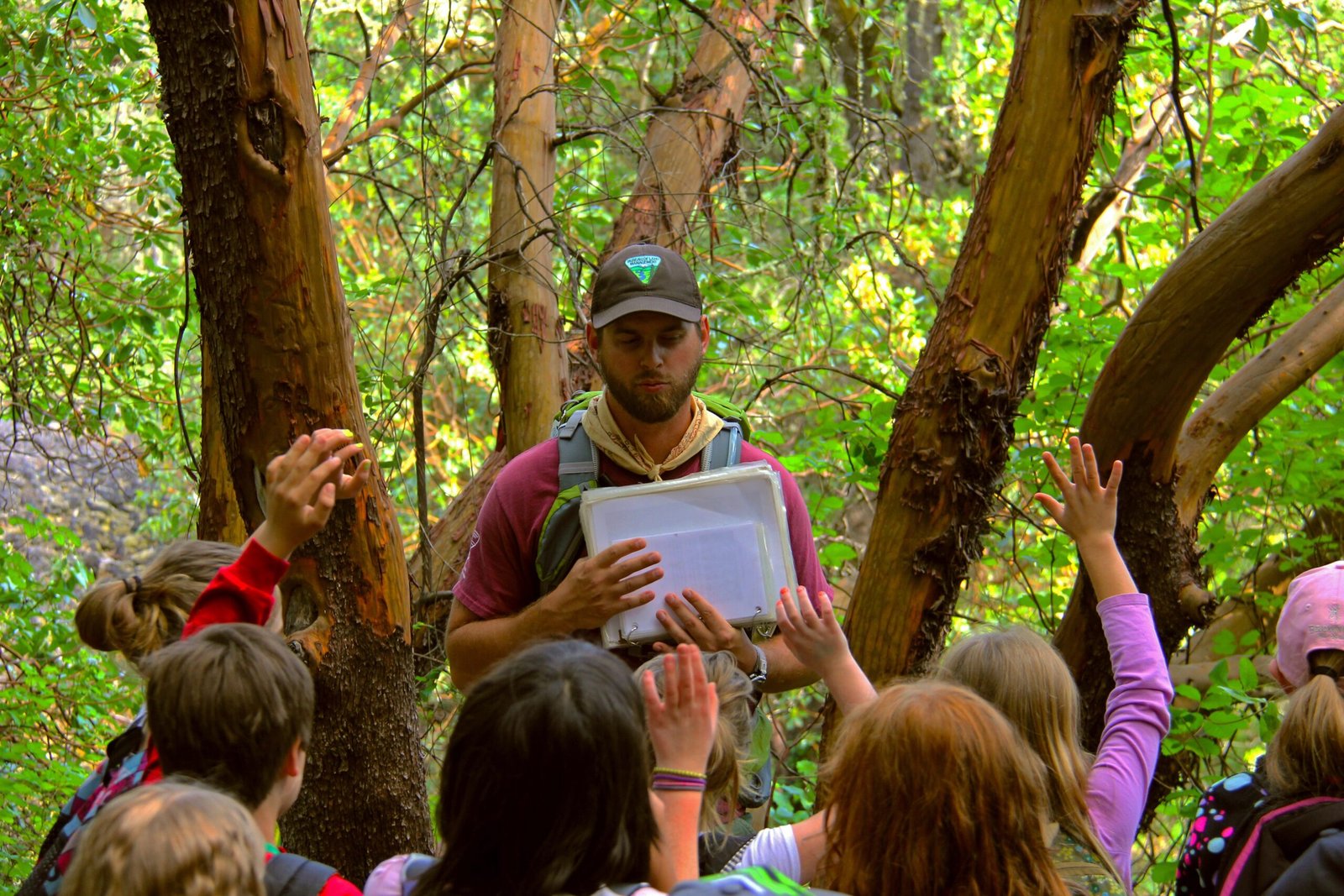Imagine a world where lush green forests once teeming with life are now barren and silent. This transformation, once thought unimaginable, is now a reality for many landscapes around the globe. As forests vanish, the species that call them home face an uncertain future. This article delves into the profound changes occurring in our natural world, exploring how and why these landscapes are being transformed and the cascading effects on biodiversity.
The Silent Cry of the Forests
Forests are often referred to as the lungs of our planet, producing oxygen and absorbing carbon dioxide. However, these vital ecosystems are disappearing at an alarming rate. According to recent studies, deforestation continues to claim vast tracts of land each year, primarily driven by agriculture, logging, and urbanization. This loss not only diminishes the earth’s capacity to regulate the climate but also strips countless species of their natural habitat. The silent cry of the forests is a call to action, urging us to reconsider our relationship with nature.
Understanding Deforestation: Causes and Effects
Deforestation is not a new phenomenon, but its scale has escalated dramatically in recent decades. The primary causes include agricultural expansion, particularly for crops like soy and palm oil, as well as cattle ranching. Logging, both legal and illegal, also contributes significantly to forest loss. The effects of deforestation are far-reaching, impacting everything from local weather patterns to global climate change. As trees are cut down, carbon stored within them is released into the atmosphere, exacerbating the greenhouse effect and contributing to global warming.
The Chain Reaction: Extinction and Biodiversity Loss
The disappearance of forests sets off a chain reaction, leading to the extinction of species that rely on these habitats for survival. Biodiversity loss is a critical issue, as each species plays a unique role in its ecosystem. The extinction of a single species can disrupt food chains, alter habitats, and reduce ecosystem resilience. For example, the decline of pollinators like bees and butterflies can affect food production, highlighting the intricate connections within nature. As biodiversity dwindles, the natural world becomes less capable of adapting to environmental changes.
Human Activities: A Double-Edged Sword
While human activities have driven much of the deforestation and species loss, they also hold the key to reversing these trends. Sustainable practices, such as responsible agriculture, reforestation, and conservation initiatives, offer hope for restoring balance. However, achieving this requires a collective effort and a shift in mindset towards valuing the environment. By understanding the impact of our actions, we can make informed choices that benefit both people and the planet. The challenge lies in balancing development with conservation, ensuring a future where both humans and nature can thrive.
Climate Change: A Looming Threat
Climate change compounds the challenges faced by forests and species. Rising temperatures, altered precipitation patterns, and extreme weather events exacerbate the stress on ecosystems already weakened by deforestation. As climate change accelerates, the ability of forests to recover and regenerate diminishes. Additionally, species already on the brink of extinction may find it impossible to adapt to rapidly changing conditions. Addressing climate change is essential not only for preserving forests but also for ensuring the survival of countless species that depend on them.
Conservation Efforts: Hope on the Horizon

Despite the grim reality, there is hope in the form of conservation efforts worldwide. Organizations and governments are working tirelessly to protect and restore forests through initiatives like protected areas, wildlife corridors, and community-led conservation. These efforts aim to preserve biodiversity, support ecosystem services, and promote sustainable livelihoods for local communities. Innovative approaches, such as using technology for monitoring and enforcement, are also playing a crucial role in conservation. By supporting and expanding these initiatives, we can help safeguard the future of our planet’s forests and species.
The Role of Education and Awareness

Education and awareness are powerful tools in the fight against deforestation and species loss. By raising awareness about the importance of forests and biodiversity, we can inspire action at all levels of society. Environmental education programs, campaigns, and media coverage can empower individuals to make informed choices and advocate for change. By fostering a deeper connection to nature, we can cultivate a sense of stewardship and responsibility for the natural world. Ultimately, education and awareness lay the foundation for a sustainable future.
Community Involvement: A Grassroots Approach
Local communities are often the frontline defenders of forests and biodiversity. Involving them in conservation efforts is crucial for success. Community-based initiatives that prioritize local knowledge, traditional practices, and sustainable livelihoods can lead to effective and lasting outcomes. Empowering communities to take ownership of their natural resources fosters a sense of pride and responsibility. This grassroots approach not only benefits the environment but also strengthens social cohesion and resilience. By supporting community-led conservation, we can create a more inclusive and equitable path towards sustainability.
The Economic Dimension: Balancing Profit and Preservation
Economic considerations are often at the heart of deforestation and species loss. Balancing profit and preservation requires innovative solutions that integrate environmental and economic goals. Sustainable business practices, such as eco-tourism, forest certification, and green supply chains, demonstrate that economic growth can coexist with environmental protection. By valuing ecosystem services and recognizing the true cost of environmental degradation, we can create incentives for conservation. Ultimately, a sustainable economy is one that respects and preserves the natural world upon which it depends.
The Path Forward: A Call to Action
The transformation of landscapes and the loss of species are challenges that require urgent and collective action. Each of us has a role to play in shaping a sustainable future. By supporting conservation efforts, advocating for policy change, and making conscious choices in our daily lives, we can contribute to the preservation of our planet’s forests and biodiversity. The path forward is one of hope and possibility, where humanity and nature coexist in harmony. Together, we can ensure that the silent cry of the forests is heard and answered.



